Decades before the Battle of the Sexes, Billie Jean King and Bobby Riggs spun from the same cloth
By Sep 20, 2023What is an unforced error? A meditation on the tennis player's least favorite stat
By Dec 28, 2024The Never-Ending Serve Quest: Top players shift focus towards improved deliveries
By Feb 27, 2024Roger Federer in primetime: TC Plus Classics to revisit 20-time Slam champ's greatest matches
By Dec 19, 2023Winning Ugly, revisited: Brad Gilbert’s ethos returns with Coco Gauff Slam triumph
By Sep 30, 2023On 50th anniversary of Billie Jean King's 'Battle of the Sexes' win, a push to honor her in Congress
By Sep 20, 202350 years later, ATP Wimbledon boycott remains major tipping point moment
By Jul 13, 2023The case for the volley game: how it might be a way to play Novak Djokovic
By Feb 26, 2023Tracy Austin, former world No. 1, turns 60
By Dec 12, 2022On This Day, 1997: A 141st-ranked Andre Agassi takes "step in the right direction" at Las Vegas Challenger
By Nov 16, 2022Decades before the Battle of the Sexes, Billie Jean King and Bobby Riggs spun from the same cloth
For all that divided King and Riggs that evening, the two occupied significant common ground, their paths profoundly crystallized at the same iconic Los Angeles tennis facility.
Published Sep 20, 2023
Advertising
Advertising
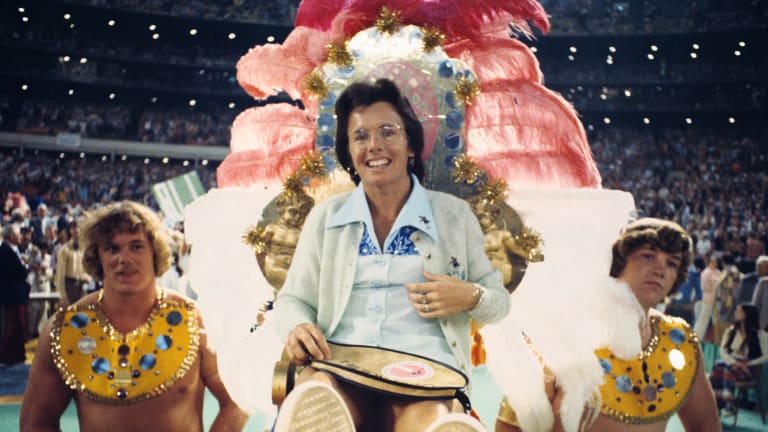
Billie Jean King, in a green and blue dress that included sequins and rhinestones, was brought to the court like Cleopatra on an Egyptian litter, adorned with red and orange feathers.
© Bettmann Archive
Advertising
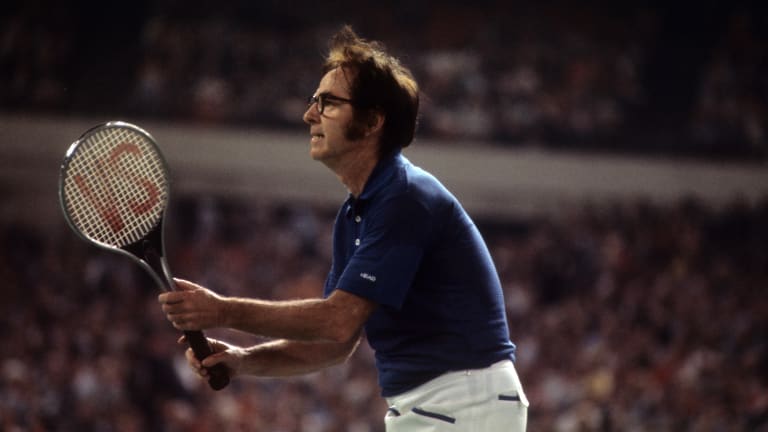
Bobby Riggs was already playing matches for dollars, tennis balls and other rewards when, at the age of 12, he met an Los Angeles Tennis Club member named Esther Bartosh.
© Sports Illustrated via Getty Ima
Advertising
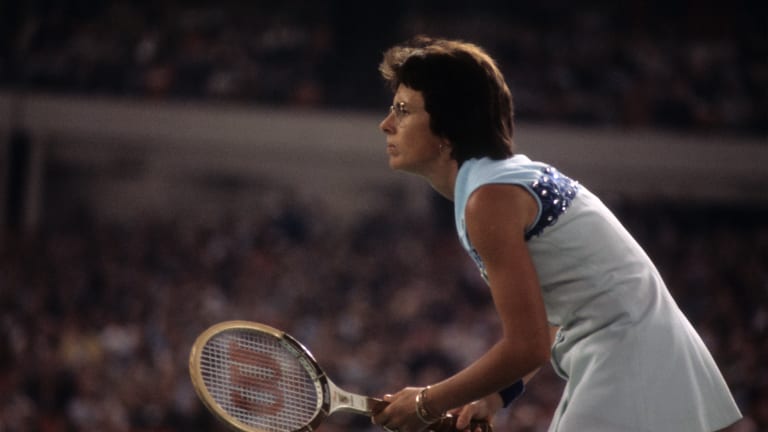
In 1955, a moment at the Los Angeles Tennis Club launched Billie Jean’s desire to make tennis more inclusive.
© Sports Illustrated via Getty Ima
Advertising
Advertising
Advertising
Advertising
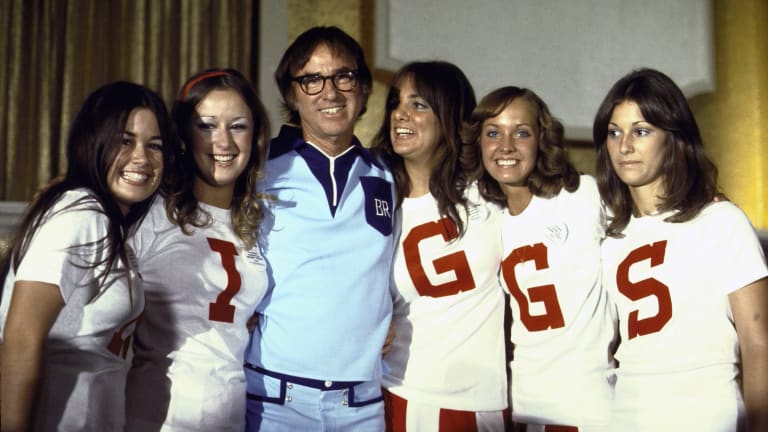
ABC’s first choice for its analyst on "Battle of the Sexes" was Jack Kramer, Riggs’ lifelong friend, one-time rival, and occasional business partner.
© Sports Illustrated via Getty Ima
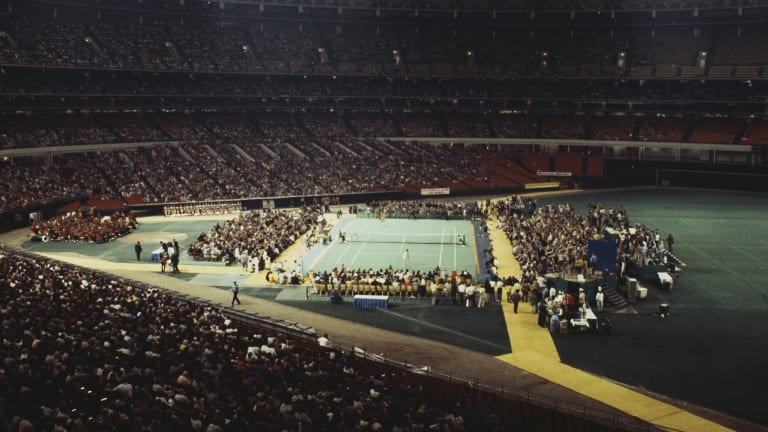
Fifty years ago today, an estimated 90 million people watched "The Battle of the Sexes" on television.
© Getty Images
